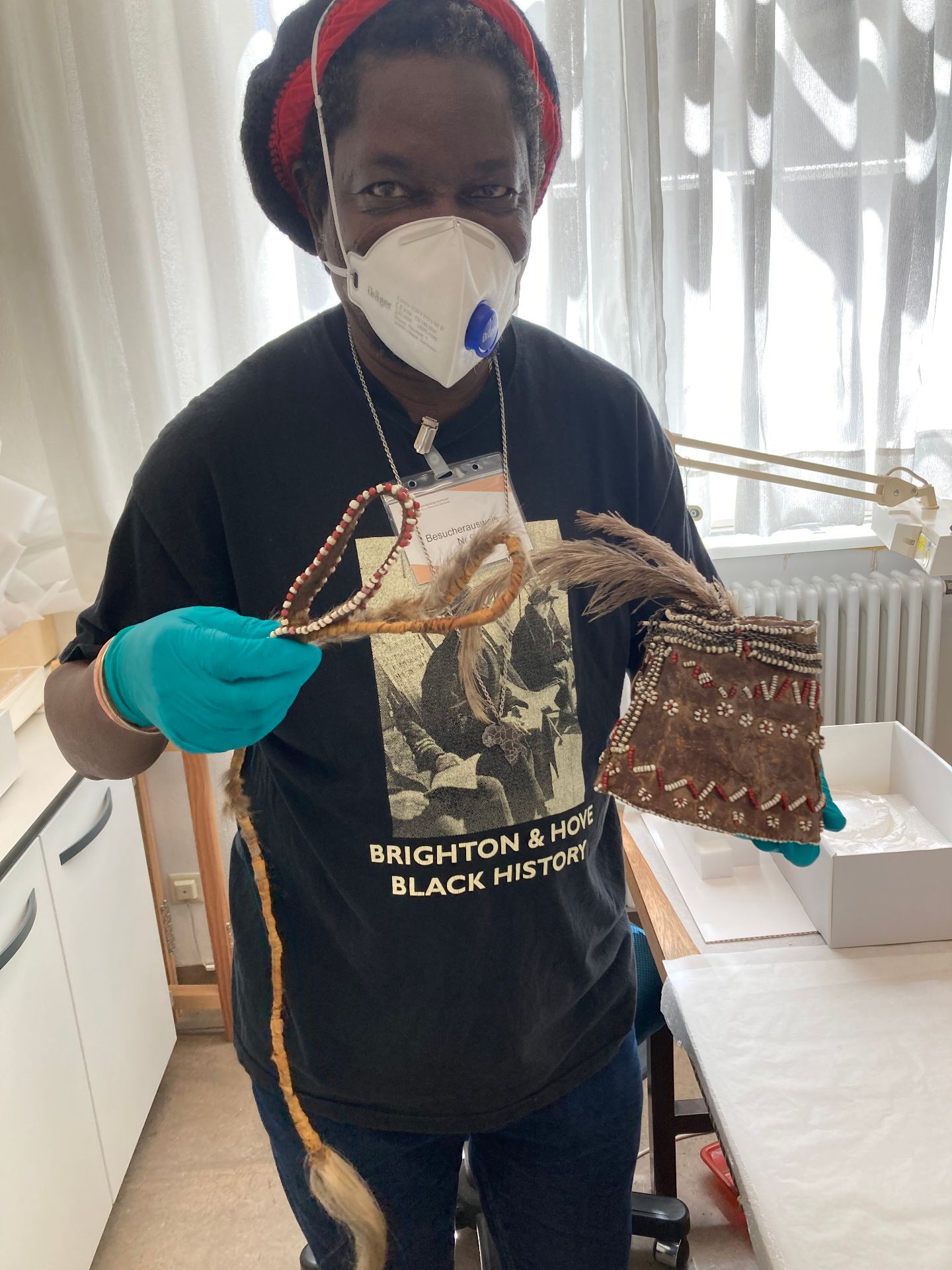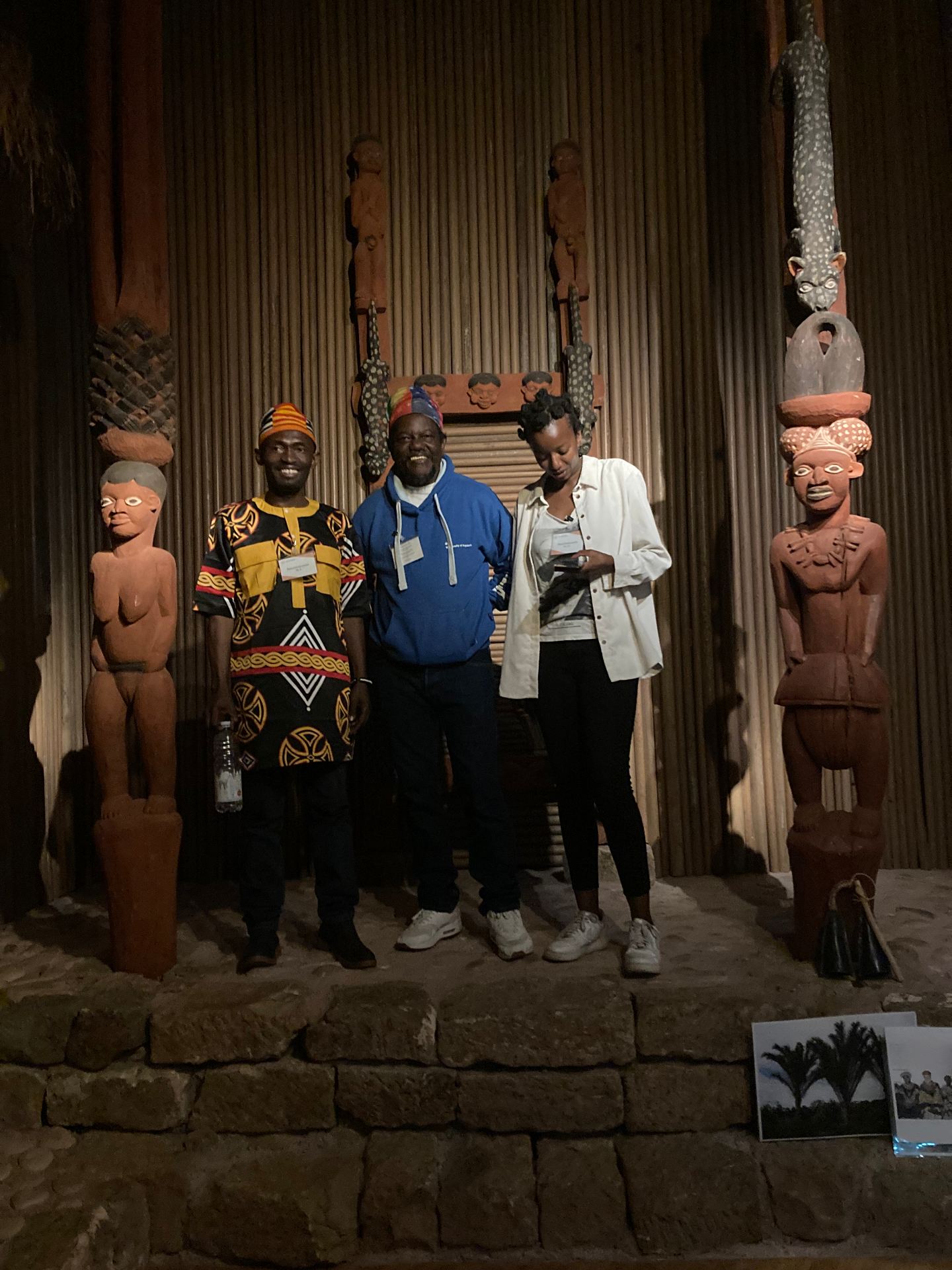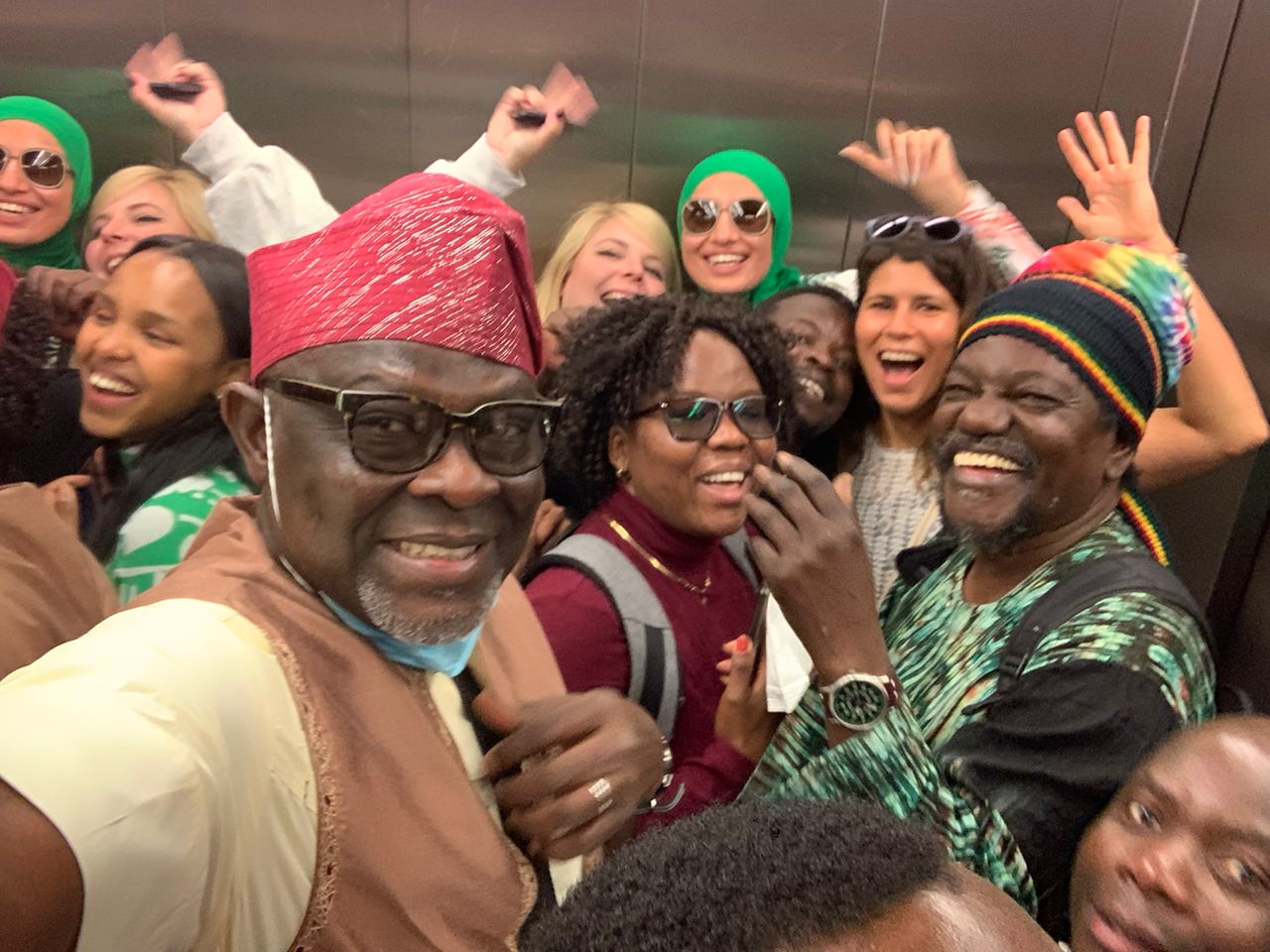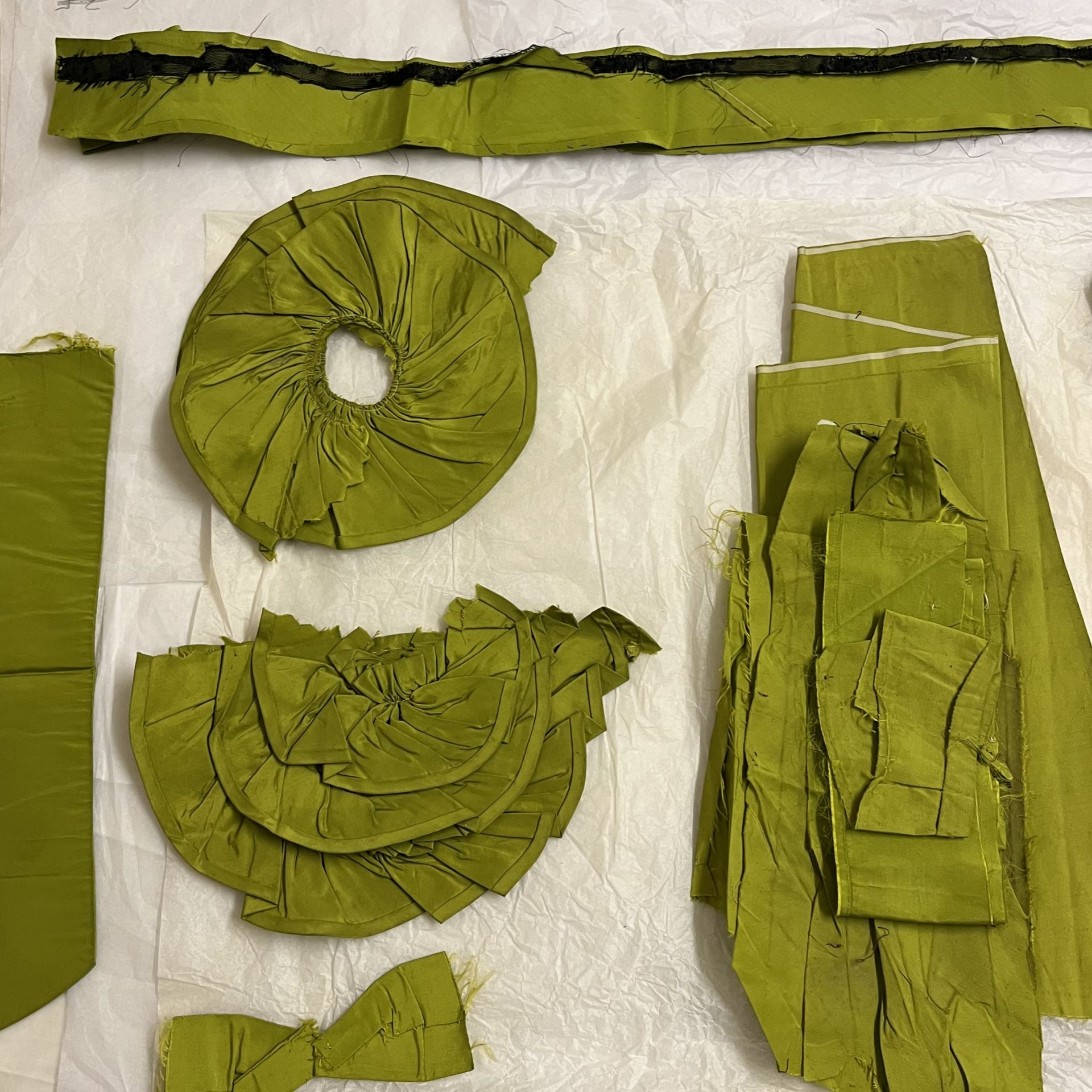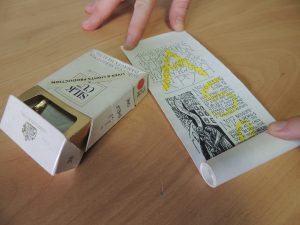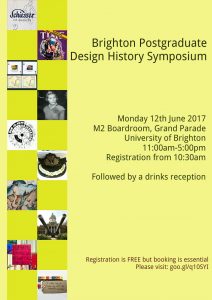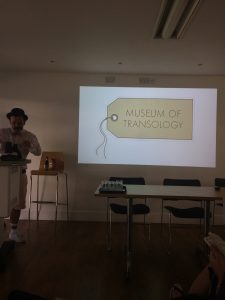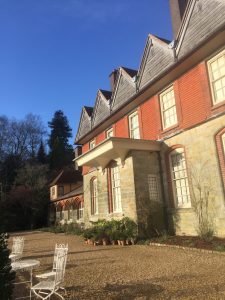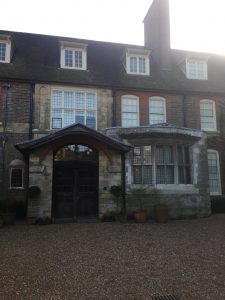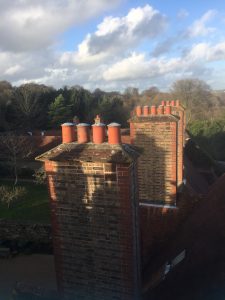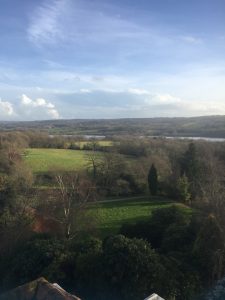MA Curating Collections and Heritage alumni Tony Kalume reports on how his dissertation was a springboard for attending TheMuseumsLab’s prestigious international programme, including a residency in Stuttgart
TheMuseumsLab 2022 Fellowship: What is it?
TheMuseumsLab is a platform for joint learning, exchange and continuing education on the future of museums in both Africa and Europe. The programme has the aim to provide knowledge and competencies, to foster new ideas and approaches as well as to establish close and lasting networks between future shapers of museum concepts on both sides. The programme consists of three one-week seminar modules (online and onsite in Berlin and Cape Town) lead by prominent African and European experts, a two-week residency at a renowned European partner institution and a co-working phase.
The project was developed by the German Academic Exchange Service (DAAD), the Museum für Naturkunde Berlin and the Masters Programme in Museum Management and Communication at the University of Applied Sciences (HTW) Berlin, in close cooperation with the African consultancy group The Advisors.
How is it organised?
Current issues and concepts in museum management, social impact and responsibility, localisation of content, as well as practical aspects of museums as institutions in the 21st century, are divided into three modules:
- Module 1 Entangled Histories and the Future of Cultural Memories online event
- Module 2 Collections and Research Residencies in German Museums
- Module 3 Communication and Strategic Management Cape Town South Africa
Why was I accepted?
I had submitted the synopsis of my MA Curating Collections and Heritage dissertation on 3D Printing as an acceleration for decolonisation to the organisers of MuseumsLab and they were delighted to accept my application. During my fellowship I visited several museums in Berlin and had a two-week residency in Stuttgart courtesy of the Linden Museum.
At the Linden Museum I managed to do a presentation on my 3D project and got access to the vaults storing artefacts from Africa. I noticed a lot of mistakes in the catalogues and inventory which was mostly written in German. I had to have them translated, and if I was to return, I would bid for a grant to pay for an interpreter or translator. The Director was keen to see the objects expressed in their unique form by conducting appropriate rituals and performances around them.
The Future
I was keen to emphasise that two weeks is not enough to research the collection. There is a need to get funding for a residential curator from the various African Museums in our cohort to gain access to the collections vault. I will be looking at potential funding options for collaborative work between German museums and UK heritage institutions, as each country has made progress in its own right, but there is a lack of partnership and exchange of information, knowledge and skills. I am also keen to see how we can use 3D printing in museums all over the world to enhance collections and make them readily available to members of the community, especially those who are visually impaired.
We also expect inroads towards restitution and repatriation of contested objects that are sacred and for some human remains that need to go to communities of Origin for burial. My argument is that museums should share intellectual property rights for making replicas so that the copies remain in Western museums and the originals can be shipped back to communities of origin.

